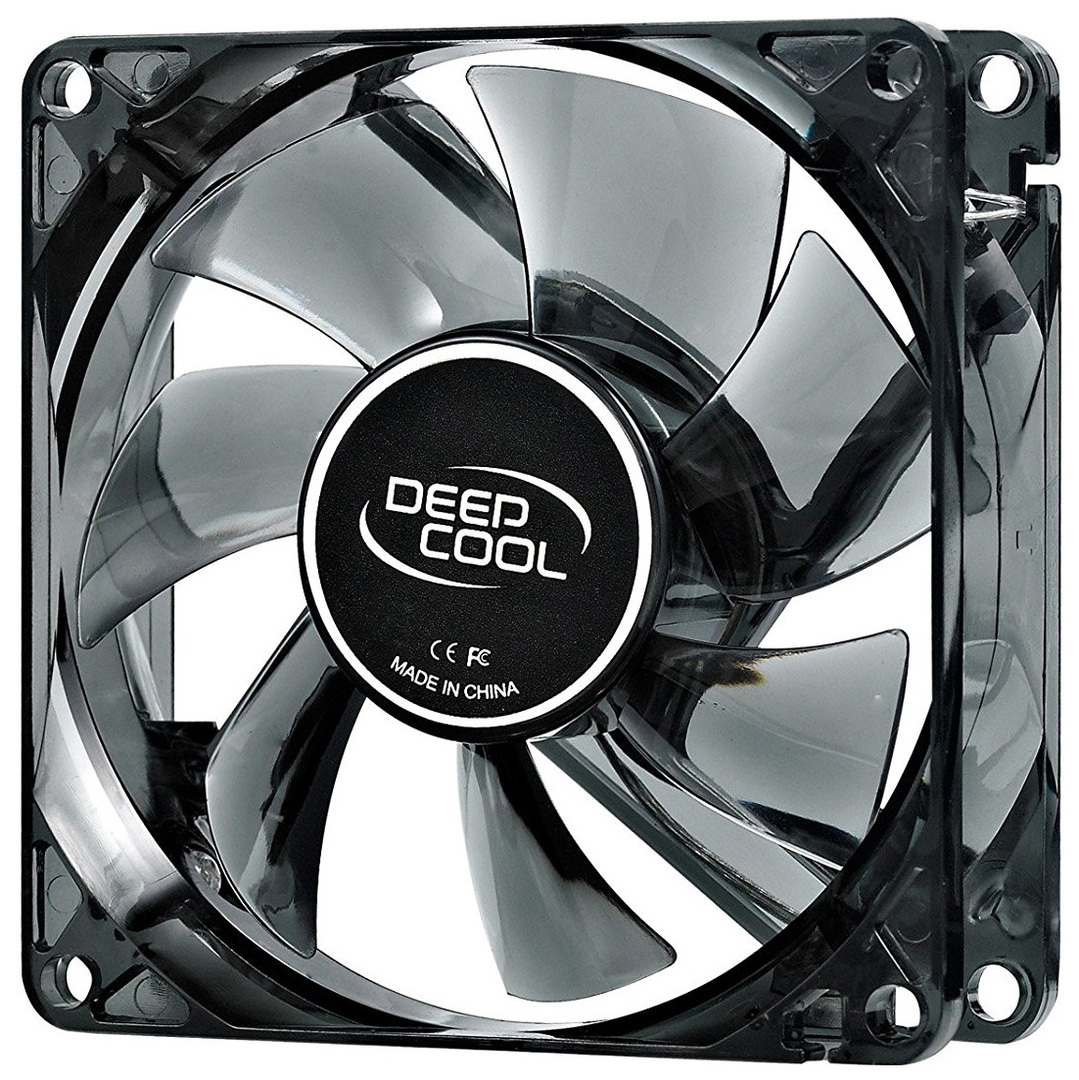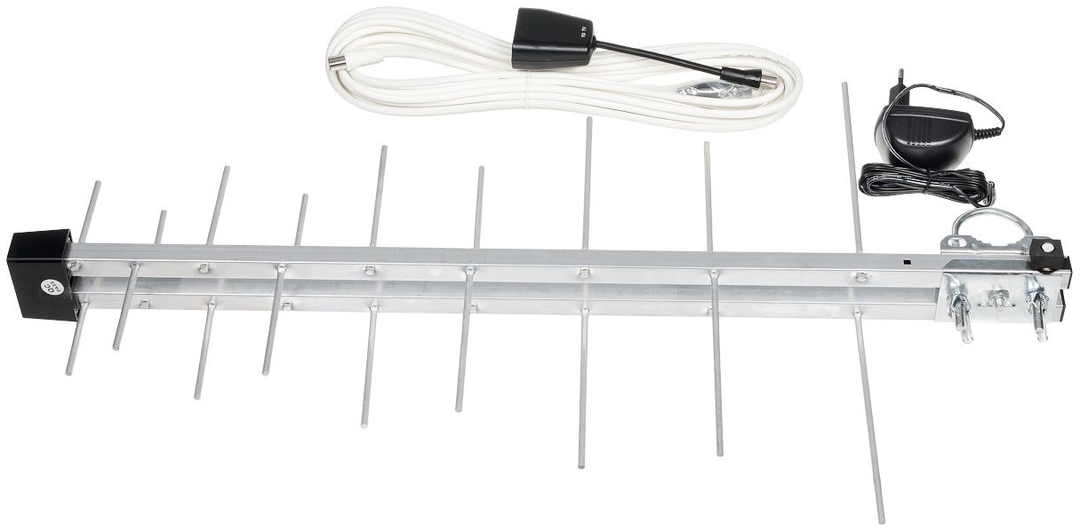What is the best jointer planer? A jointer planer combines a thickness planer and a wood jointer in one unit. The advantage of this option is not only in better efficiency but also in the fact that the device occupies less space. Among other reasons, professionals choose jointer planers because these units can fit into smaller spaces. However, they all are pretty heavy, so consider the product’s weight and portability before making a purchase. Other essential things to look for are the high motor horsepower and fast conversion from planing to jointing and vice versa. We believe that WEN 6560T fits these criteria best.
Why have we chosen it? With a weight of just 80 pounds, this jointer planer has a spacious table and a two-blade cutter head. The product comes with a powerful motor that allows you to make as many as 20,000 cuts per minute. That said, the unit is made from a durable and strong material, which is why there will be no vibration during its operation. Fence bevels are adjustable, making the whole process even more convenient.
Finally, we’ve come to the last major aspect of planers that I can really talk about, and it even shocks me that I was able to say so much about this tool. As I've said multiple times now, this is a very old tool, one dating back millennia, and as a result, aside from modern automation (which we’ll see the fruits of shortly), there’s not been much change made to them over that long stretch of history.
Now that automation is a thing, there won’t be much further innovation, merely subtle refinement, moving forward. This time, we’re going to talk fairly exclusively about joint planers, and I have a caveat about jointing in woodworking, as it means two different things. We’ll get there in a minute.
First, let me talk about how important it is, especially with jointer planer combos, to buy a high-end tool, because it’ll save you money and frustration compared to cutting corners.
CONTENT
- 1 Best Cheap Jointer Planer | WEN 6560T
- 2 The Importance Of Quality Over Savings
- 3 What Is Jointing?
- 4 Who Makes These?
- 5 A Word On Safety
- 6 Best Jointer Planer Combo For Professionals | Powermatic 1610086K
Best Cheap Jointer Planer | WEN 6560T
Okay, I’ve made no bones about the fact that I don’t usually care for WEN tools. They're a fairly notorious super budget brand, their hand tools feel like squishy, fragile garbage (though they actually work better than the UX of the things would lead you to expect in most cases). I recommend most of them only as occasional use solutions, backups or novice hobbyist tools.
Well, even a stopped clock is right twice a day, right? Now, this is still a very budget as hell tool as far as the category containing it goes. But it's not exactly the cheap junk that I would have expected, being pretty solidly-built and durable for the price.
Most people can’t afford the next one on the list unless they really do a lot of this sort of thing, so this is actually an acceptable compromise for the most part. WEN, you’ve managed to surprise me, and I do not surprise easily, especially when it comes to pleasant surprises.
Is it perfect? Hah, far from it. But it’s still decent for a home or hobbyist workshop, and if I had just a little more demand for a planer of this capacity, I might actually have this one.
Features
- Power: 220V socket electric.
- Weight: 80lbs - this sort of thing is never going to be feather-light.
- Noise: These are all somewhat loud, but this one is extremely so.
- Additional Features: Offers a filter bag to reduce mess, as well as some adjustable components.
Performance
This thing works pretty well actually. It's no industrial machine, but definitely budget-commercial at least, so if you need this kind of tool, but can’t afford the several grand for an industrial joint planer, this is an alright compromise.
Pros and Cons
Pros:
| Cons:
|
Conclusion
This is what I recommend to most people, our other one on this list is… something else.The Importance Of Quality Over Savings
Thriftiness is important, and a good mentality to have in this or any economy, and I wouldn’t be one to argue otherwise, I really wouldn’t. However, when it comes to power tools, it’s not a case of “just paying for a label” like with shoes, clothing and a lot of food products. No, with a power tool, you’re paying for engineering, material quality, testing and overall build quality when you pay more for a better brand.
On top of this, since these companies are more confident in their products, their warranties are a lot beefier as a result, and you really can’t slap a price on a good warranty as most people are plainly aware. Also, it’ll just be a more durable tool with better results and a far-improved overall user experience and quality of life on the whole.
You’ll be dealing with subpar results and higher expenses in replacing things if you cut corners and buy cheap garbage. Bite the bullet and pay a decent upfront cost and know for many years that no further costs will be incurred, that’s the smart way to do it really.
What Is Jointing?
Jointing in wood working pertains to two things. A joint may be an initial flat surface which will go flush to another flat surface, or it may be a furrow into which another, opposite-cut piece of wood connects. Both are joints (though some use seams to distinguish the latter), and planers exist for both. Today, we’re talking about the former, which is actually the more common use of the term, and the one for which most planers in this category are created.
Hand planers can be used for jointing, heaven knows I’ve done my share of it, but it’s really hard to get the precision so crucial for a seamless and flush surface. This is why stationary, guided planers are actually so sought after in this particular category. We’ll be looking at two of them today, and while the brand of one I am not normally a fan of, these two are pretty damn solid overall.
Who Makes These?
We’re only looking at two of these today, but many brands do exist, though to a more limited capacity than with hand tools. These are professional, if not industrial tools, so the market for them is more limited, and not every power tool manufacturer sees this limited (but lucrative) sector as ideal for their purview.
Makita makes one of these, WEN makes one, Powermatic makes one, Honeywell makes one in limited capacity, Black & Decker's industrial branch has an offering, and, oddly enough, Alice Chalmers has a joint planer that’s very commonly seen in a lot of industrial woodworking and furniture manufacturing facilities, though some of these are fifty years old. They still run like butter though, for what that's worth.
You’re unlikely to see Bosch or Worx or Stanley produce something of this industrial capacity, as they target the more home workshop or hand tool market, when they’re not making landscaping equipment at any rate.
Still, you do have your share of choices for brands, scopes and prices when it comes to these. None of them are cheap, comparatively-speaking, but there is a wide range to the prices existing.
It's worth noting that this market does fluctuate, as some companies will make short runs of tools in this category, and then they will stop. Sometimes they later make more, sometimes they never come back to this category again. It all comes down to supply and demand, as anyone educated in business knows.
The two we’re looking at today are diametrically-opposed ends of this market, the very home use market, and the extreme industrial end. There’s a market for both of these, even among the same users, depending entirely on the level of use and scope they need the tool to stand up to.
I’ve never used either of these, they’re way outside my budget as a hobbyist woodworker. However, as I said in another piece, I have friends who do this stuff for a living, and I’ve visited their workshops more than once, and seen these things up and running.
The precision and speed with which joint planes can be produced by these, compared to my frustrating hand-planed stuff is just staggering, even the WEN, and we all know how I feel about WEN tools in most cases. I would have one of these if the price was lower, or I needed to use them often enough to justify the costs.
A Word On Safety
Most planers are pretty safe. It’s hard to hurt yourself with a traditional planer short of dropping it on your foot or something equally idiotic. However, with these industrial machines, some caution must be used. Watch where your hands are, watch where your legs are. They get hot, they propel shavings at insane speeds, just, be careful and don’t assume these devices could never injure you, because they actually could if you were really, really stupid. Be careful okay?
Best Jointer Planer Combo For Professionals | Powermatic 1610086K
I’ve talked about this one before, and while I really don’t like reviewing the same product twice, sometimes due to overlap, it’s unavoidable. This Powermatic is an industrial mythic beast, and one of my professional friends happens to have this exact model in his workshop. I was there when it arrived in fact, and boy, was he proud of this purchase.
I don’t really blame him, when he got this puppy running, it cut joint planes with a nigh laser precision, and at a speed I couldn’t really believe. If the WEN put my hand-planed joints to shame, this absolutely made me look novice by compare.
The trick is, this is not a cheap machine, and if you don’t need to use this to a professional capacity, you’re spending a lot of money you probably shouldn’t. Oh, it's worth every penny, believe you me, but it's only worth it if you get the indented level of use out of it.
I'm nowhere near that heavy in my woodworking, it's a pure hobby for me, so I could never justify this purchase, woe is me.
Features
- Power: 220V socket electric.
- Weight: 518lbs - it feels like two tons, trust me, I helped him move this thing.
- Noise: It's noisy, but within acceptable levels.
- Additional Features: Helical cutter head is faster and more consistent.
Performance
This is the pinnacle of industrial joint planer design, and while I could see them getting quieter and perhaps a bit smarter with industrial IOT and the like down the line, there’s not much else you can do to refine this further.
Pros and Cons
Pros:
| Cons:
|



